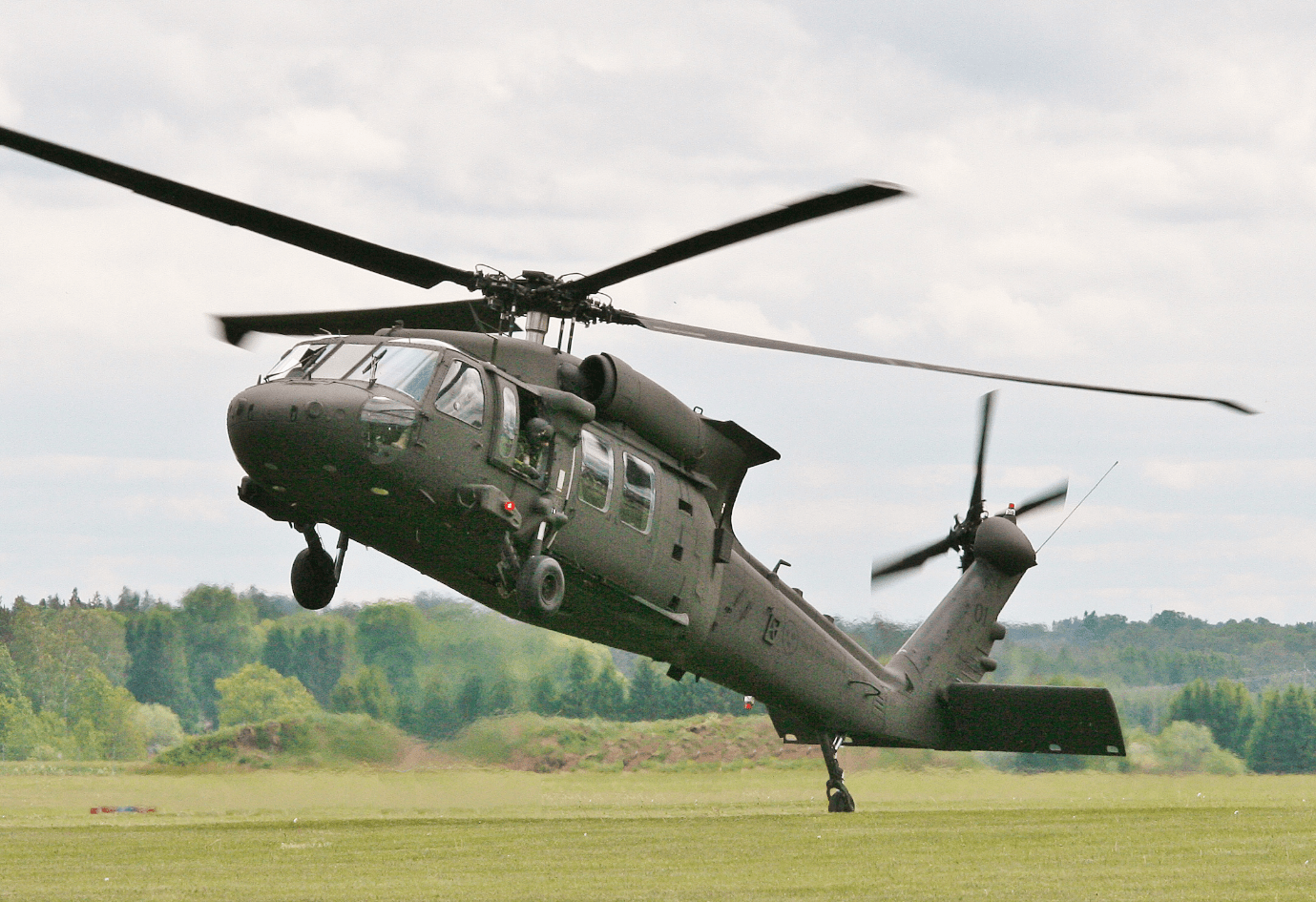Every Little Thing You Required to Know Concerning the UH 60 Helicopter
The UH-60 helicopter, a cornerstone of United state Army air travel since its launching in 1979, represents an amazing mix of design and operational adaptability. As army needs evolve, so also does the helicopter, with recurring developments aimed at enhancing its abilities and incorporating modern technologies.
Background of the UH-60
Established in the late 1970s, the UH-60 Black Hawk helicopter became an action to the U.S. Military's requirement for a versatile utility helicopter that might execute a selection of missions under tough conditions. The impetus for its design was the drawbacks recognized in the earlier helicopters used during the Vietnam War, particularly in terms of survivability, ability to move, and speed.
The Black Hawk was developed by Sikorsky Aircraft, incorporating sophisticated technologies and products to boost its efficiency and longevity. It was officially presented right into solution in 1979, promptly becoming a crucial asset for army operations - uh 60. Its capability to move soldiers, clinical evacuation, and logistical support in both fight and altruistic objectives made the Black Hawk an important element of the U.S. Military's air travel fleet
Throughout the decades, the UH-60 has been continuously updated, adjusting to the transforming nature of warfare and the evolving demands of modern military procedures. Its functional history consists of involvement in major conflicts, peacekeeping objectives, and catastrophe relief initiatives, solidifying its reputation as a efficient and dependable helicopter in various environments worldwide.

Layout and Specs
The layout of the UH-60 Black Hawk helicopter regularly shows a dedication to operational effectiveness and flexibility. Developed by Sikorsky Aircraft, this medium-lift energy helicopter features a streamlined, wind resistant body that improves rate and maneuverability. Its tandem blades system, defined by two counter-rotating blades, decreases vibration and boosts lift ability, allowing for safer procedures in varied settings.
The UH-60 is powered by two T700-GE-701C turboshaft engines, offering an optimum speed of around 180 knots and a series of around 400 maritime miles. Its robust airframe is created from advanced composite materials, making certain sturdiness while maintaining a relatively low weight. The helicopter has a maximum gross weight of about 22,000 extra pounds, sustaining a functional haul configuration.

Duties and Missions
A flexible system, the UH-60 Black Hawk helicopter serves a plethora of duties and objectives within military operations. Created largely for army transport, it can bring as much as 11 soldiers, making it an essential property for fast deployment and logistical support.
Along with army transport, the UH-60 masters medical discharge (MEDEVAC) missions, geared up with sophisticated clinical devices to give crucial care throughout transit. Its ability to operate in diverse environments enhances its effectiveness in combat search and rescue (CSAR) operations, where quick removal of personnel is vital.
The helicopter also plays a considerable duty in reconnaissance and surveillance missions, utilizing onboard sensors and devices to collect knowledge. Moreover, its versatility reaches logistical support, with the ability of carrying materials and tools to ahead operating bases navigate to this site - uh 60.
In combat operations, the UH-60 can be outfitted with numerous tool systems, allowing it to supply close air support. Its multi-role ability makes the Black Hawk an important tool for modern military forces, adapting effortlessly to the developing demands of battlefield situations and guaranteeing goal success throughout a variety of operational contexts.
Performance and Capabilities
Understood for its durable efficiency, the UH-60 Black Hawk helicopter boasts impressive capabilities that enhance its functional performance across numerous missions. uh 60. This multi-role airplane is furnished with powerful twin-engine Turbomeca Arriel 1D1 engines, giving remarkable speed and ability to move, with a maximum cruise ship speed of approximately 150 knots and a functional variety of around 400 maritime miles
The Black Hawk's sophisticated avionics and fly-by-wire control systems dramatically boost flight safety and security and handling, enabling it to operate in diverse atmospheres, including negative climate condition. Its flexibility is more exemplified by its capability to lug as much as 11 totally furnished soldiers or a payload of approximately 8,000 pounds, making it ideal for troop transport, medical evacuation, and logistical support objectives.
Additionally, the UH-60 is created for survivability, including enhanced airframes, ballistic defense for crew and travelers, and progressed countermeasure systems to evade risks. The helicopter's dexterity and rate, combined with its capacity for quick deployment, make it an indispensable possession in contemporary army operations, guaranteeing that it continues to be a crucial element of tactical air assistance and battleground mobility.
Future Developments

One considerable emphasis is the assimilation of sophisticated avionics systems, which will certainly enhance situational awareness with improved navigating and communication abilities. This consists of the possible use expert system to help pilots in decision-making and mission planning.
Moreover, future variants may include advanced products and style attributes to Extra resources reinforce the helicopter's toughness and reduce its radar signature, improving survivability in contested settings.
The intro of hybrid-electric propulsion systems is likewise coming up, aiming to enhance fuel performance and minimize logistical problems. Such advancements can expand functional array and lower the helicopter's environmental footprint.

Final Thought
The UH-60 helicopter stands for a significant development in armed forces air travel since its introduction in 1979. The UH-60's sustaining presence underscores its vital duty in contemporary armed forces see this here operations and highlights the ongoing development of armed forces air travel technology.
The UH-60 helicopter, a keystone of U.S. Army air travel because its debut in 1979, represents an impressive blend of engineering and operational convenience. As armed forces requirements advance, so too does the helicopter, with continuous advancements aimed at improving its abilities and integrating modern innovations.The style of the UH-60 Black Hawk helicopter consistently mirrors a commitment to functional efficiency and convenience. Established by Sikorsky Aircraft, this medium-lift energy helicopter includes a sleek, wind resistant body that enhances speed and maneuverability.The UH-60 helicopter represents a considerable improvement in armed forces air travel considering that its introduction in 1979.
 Alfonso Ribeiro Then & Now!
Alfonso Ribeiro Then & Now! Ashley Johnson Then & Now!
Ashley Johnson Then & Now! Raquel Welch Then & Now!
Raquel Welch Then & Now! Atticus Shaffer Then & Now!
Atticus Shaffer Then & Now! Catherine Bach Then & Now!
Catherine Bach Then & Now!